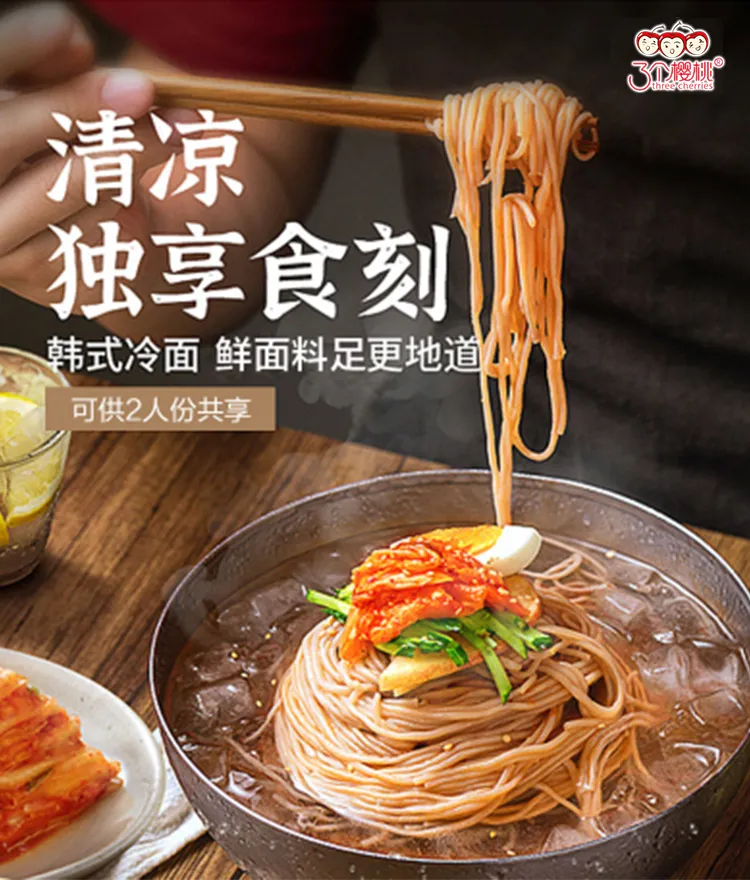what are lanzhou noodles
What Are Lanzhou Noodles?
Lanzhou noodles, known as Lamian (拉面) in Mandarin, are a type of Chinese noodle that has become increasingly popular both in China and internationally. Originating from Lanzhou, the capital city of Gansu Province in north-central China, these hand-pulled noodles are celebrated for their unique texture, flavor, and the skill involved in their preparation. In this article, we will explore the history, preparation methods, cultural significance, and diverse variations of Lanzhou noodles.
A Brief History
The story of Lanzhou noodles can be traced back to the late 19th century. The tradition of hand-pulling noodles is believed to have been introduced by Muslim Hui people, who migrated to Gansu Province. These noodles were quickly adopted and adapted by the local population, becoming a staple food in the region. The noodles gained popularity not only because of their delightful taste but also due to their versatility in pairing with various broths, meats, and vegetables.
Preparation Process
The most distinctive feature of Lanzhou noodles is the technique used to prepare them. The dough is made from high-gluten wheat flour, water, and salt. After kneading, the dough is allowed to rest before being repeatedly stretched, folded, and twisted by hand. This skillful process creates long, elastic noodles that have a chewy texture, making them perfect for absorbing flavors from the accompanying broth.
To serve Lanzhou noodles, they are typically cooked in boiling water until they reach the desired tenderness. The noodles are then mixed with a rich, fragrant beef broth that serves as the foundation of the dish. The broth is made by simmering beef bones, spices, and seasonings for several hours, resulting in a savory, deep flavor profile.
Cultural Significance
what are lanzhou noodles

Lanzhou noodles are more than just a meal; they are an integral part of the local culture and identity. In Lanzhou, noodle shops can be found on almost every street corner, and many families have their own recipes passed down through generations. Eating Lanzhou noodles is not just about satisfying hunger, but it is also an experience that brings together family and friends.
In recent years, Lanzhou noodles have gained global recognition. As Chinese cuisine continues to spread across the world, these noodles have captured the attention of food enthusiasts. Many cities outside of China now feature dedicated restaurants specializing in Lanzhou noodles, introducing new audiences to this beloved dish.
Variations and Serving Styles
While the classic Lanzhou beef noodle soup (牛肉拉面) is the most well-known preparation, there are several variations to suit different tastes. For example, some versions include lamb or chicken as the primary protein. Additionally, the level of spiciness can vary, allowing diners to choose based on their preferences. Traditional toppings often include fresh cilantro, green onions, chili oil, and preserved vegetables, which add layers of flavor and texture to the dish.
Another popular preparation is Lanzhou meat soup (兰州牛肉面), which showcases the noodles served without broth but accompanied by marinated beef slices, often garnished with fresh herbs and spices. This version highlights the noodles themselves and is perfect for those who prefer a less soupy alternative.
Conclusion
Lanzhou noodles represent more than just a dish; they are a symbol of a rich culinary tradition that reflects the history and culture of Gansu Province. Their unique preparation method, coupled with a flavorful broth and diverse serving styles, makes them a delightful experience for food lovers everywhere. Whether enjoyed in a bustling Lanzhou noodle shop or at a restaurant halfway across the world, these hand-pulled noodles offer a taste of history and a celebration of culture that brings people together. So, the next time you encounter Lanzhou noodles, take a moment to appreciate the artistry and heritage that lie within each delicious strand.
-
Unleash Your Inner Chef with Delectable Italian Pasta CreationsNewsAug.01,2025
-
Savor Health and Flavor: Irresistible Soba Noodles for Sale Await!NewsAug.01,2025
-
Nourish Your Body with Premium Organic Ramen - A Culinary Delight AwaitsNewsAug.01,2025
-
Elevate Your Dishes with Our Exquisite Kinds of Egg NoodlesNewsAug.01,2025
-
Dive into Flavorful Convenience with Our Ramen OfferingsNewsAug.01,2025
-
Discover Exquisite Types of Naengmyeon and Chilled Soba NoodlesNewsAug.01,2025
-
Is Whole Wheat Pasta Healthy?NewsMay.30,2025
Browse qua the following product new the we

















































































































